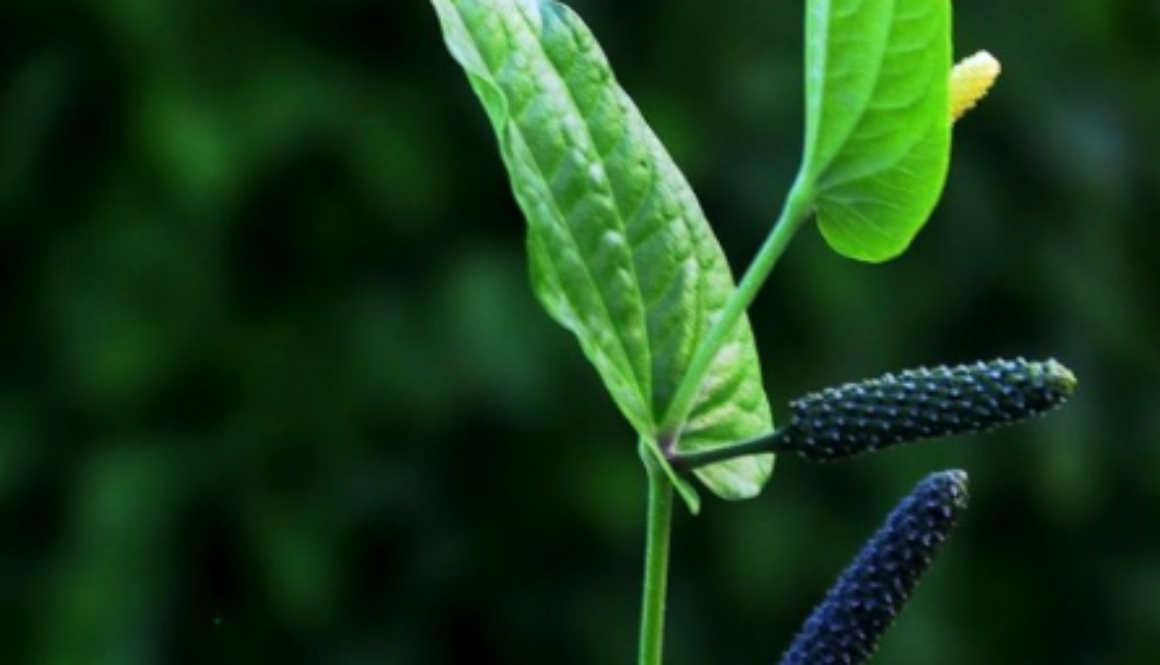Long pepper
Long pepper, scientifically known as Piper longum, is a flowering vine native to India and Southeast Asia. It has been revered for centuries in traditional medicine systems like Ayurveda and traditional culinary practices for its unique flavor and potential health benefits. Long pepper is distinct from black pepper and offers a complex, spicy taste with subtle sweet undertones.
Part Used: The dried fruit spikes of the long pepper vine are the primary part used for culinary and medicinal purposes. These spikes, also known as catkins or spikes, contain small, round peppercorns with a spicy and pungent flavor. Long pepper is often used in whole form or ground into a powder to add heat and depth to dishes.
Usage: Long pepper is valued for its versatile usage in both culinary and medicinal applications. In cooking, it is used to flavor a variety of dishes, including curries, soups, stews, and spice blends. Its complex flavor profile adds depth and warmth to savory and sweet dishes alike. In traditional medicine, long pepper is believed to have digestive, respiratory, and anti-inflammatory properties. It is used to alleviate digestive discomfort, improve appetite, and relieve respiratory issues like coughs and congestion.
Agrotechniques: Cultivating long pepper requires a warm, tropical climate with well-drained soil and ample sunlight. The vine thrives in regions with high humidity and moderate rainfall. Long pepper can be propagated from seeds or stem cuttings, with planting typically done in nutrient-rich soil during the rainy season.

